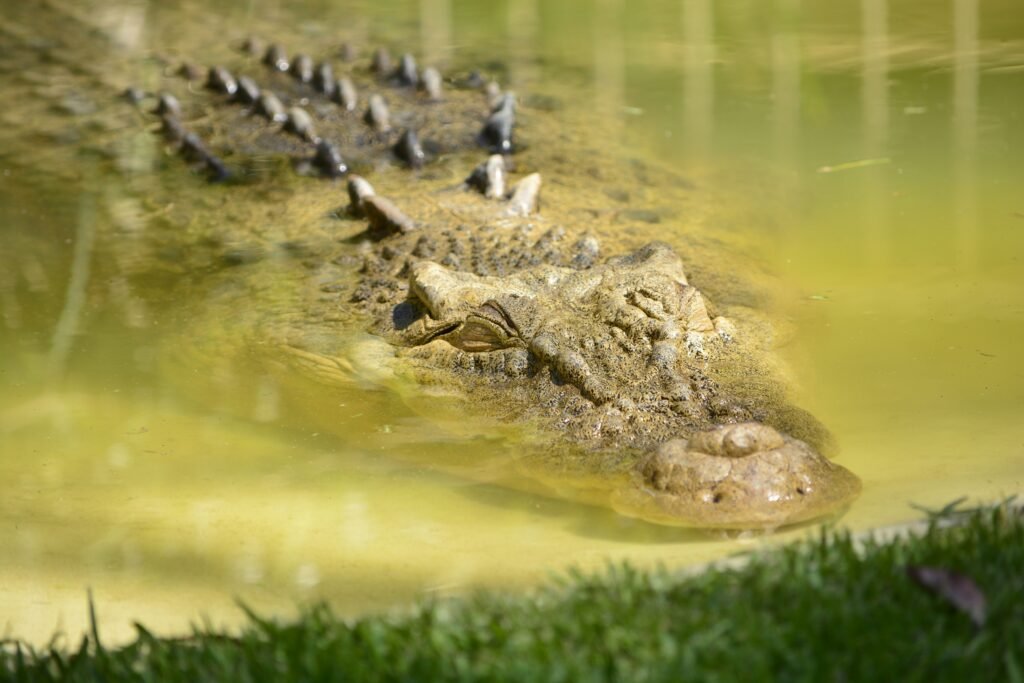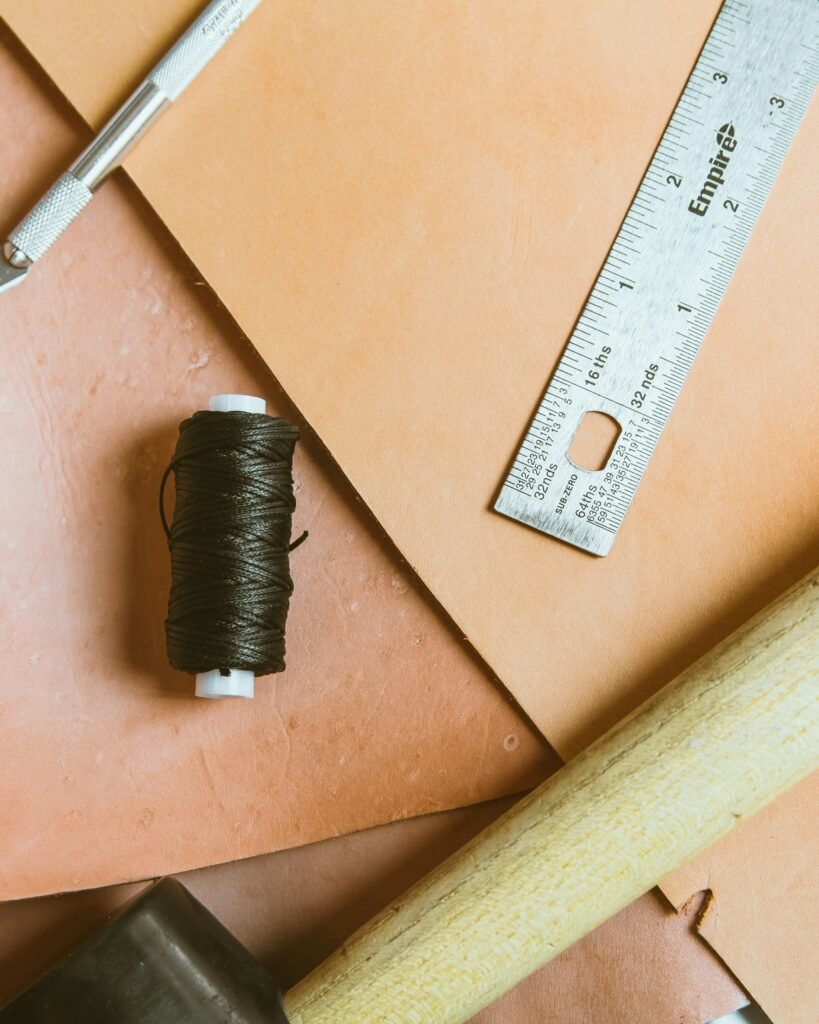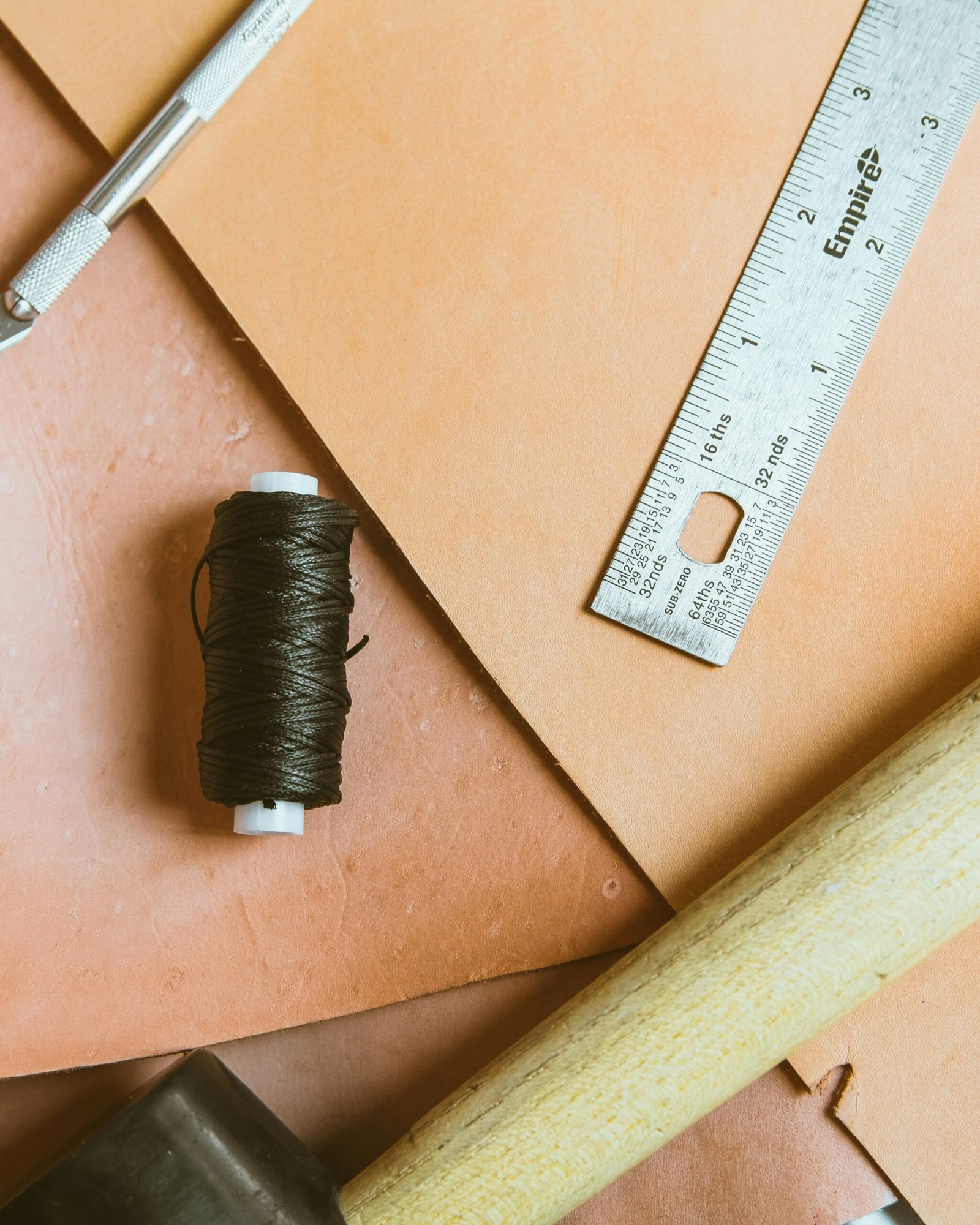Tips for Authenticating Alligator Leather
So you’ve got your eyes set on a stunning alligator leather product, but how can you be sure it’s the real deal? With these easy-to-follow tips, you’ll learn how to authenticate alligator leather like a pro. From examining the pattern to feeling the texture, we’ll guide you through the key indicators that distinguish genuine alligator leather from imitations. Get ready to make informed purchasing decisions and confidently showcase your authentic alligator leather piece.

This image is property of images.unsplash.com.
Understanding Alligator Leather
Alligator leather is a highly valued and sought-after material known for its unique and luxurious qualities. This article aims to provide a comprehensive guide to understanding and authenticating alligator leather, enabling you to make an informed purchase decision. By examining various physical characteristics, markings, smell and touch, price and source verification, symmetry, weight and flexibility, color variation and aging, as well as inquiring about the tanning process, you can confidently identify genuine alligator leather.
Differentiating Alligator from Other Reptile Leathers
When it comes to reptile leathers, it’s crucial to differentiate alligator leather from other similar varieties. Alligator leather possesses distinctive characteristics that set it apart from crocodile, snake, or lizard leather. The most notable difference lies in the scale patterns, visible pores and scales, as well as the grain and texture. By examining these features, you can easily determine whether the leather in question is genuinely alligator.
Why Alligator Leather is Highly Valued
Alligator leather’s high value stems from its rarity, durability, and exquisite appearance. The scarcity of alligators, strict regulations around their hunting and farming, and the intricate tanning process contribute to the exclusivity of alligator leather. Moreover, its natural scale patterns, visible pores and scales, and unique grain and texture make it a desirable choice for luxury products. Its durability ensures that alligator leather items will withstand the test of time, making them a valuable investment.
Physical Characteristics of Alligator Leather
The physical characteristics of alligator leather play a significant role in differentiating it from other materials. Firstly, the distinctive scale patterns are a telltale sign. Genuine alligator leather showcases consistent, symmetrical patterns, which are absent in other reptile leathers. Additionally, the visible pores and scales provide a tactile experience that sets alligator leather apart. The grain and texture of alligator leather are unique and can vary from a smoother, more refined grain to a rougher texture, depending on the part of the alligator’s skin used.

This image is property of images.unsplash.com.
Examine the Leather Surface
To determine the authenticity of alligator leather, thorough examination of the leather surface is crucial. Start by inspecting the grain – genuine alligator leather showcases a distinct, irregular grain pattern that is unmistakable. Counterfeit or imitation leather may lack this unique grain. Next, examine the pores on the surface. Alligator leather features visible pores, usually found around the scale edges, which add to its authenticity. Lastly, check for any imperfections such as scars or blemishes, as these natural markings further validate the genuine nature of the leather.
Authentic Alligator Markings
Several markings can help authenticate alligator leather. Firstly, look for the CITES (Convention on International Trade in Endangered Species of Wild Fauna and Flora) certification. This certification ensures that the leather comes from a legal and sustainable source, adhering to international trade regulations. Secondly, check for country of origin markings, as they provide insight into where the alligator was sourced and whether the leather is genuine. Finally, look for the manufacturer’s stamp, which adds an extra layer of authenticity to the product.

This image is property of images.unsplash.com.
Smell and Touch Test
The distinct smell and touch of genuine alligator leather are additional indicators of its authenticity. Authentic alligator leather typically carries a distinctive odor, reminiscent of the natural oils present in the animal’s skin. This smell should not be overpowering or unpleasant, but rather a subtle reminder of the leather’s origin. In terms of touch, genuine alligator leather should feel supple and soft, with a pleasing texture. Counterfeit or low-quality leather might lack this characteristic suppleness and can feel rough to the touch.
Price and Source Verification
Understanding the price range and verifying the source of the alligator leather can contribute to validating its authenticity. Researching the retailer and their reputation is key to ensuring a genuine product. Reputable retailers with a track record of selling authentic alligator leather are more likely to provide genuine products. It is also essential to compare prices across different sources. If a deal seems too good to be true, it is likely that the product may not be authentic. Lastly, seeking an expert’s opinion can provide valuable insights and advice when it comes to verifying the authenticity of alligator leather.
Check for Symmetry
Symmetry in scale patterns is a vital characteristic of genuine alligator leather. When examining the surface, pay attention to the scales’ arrangement and distribution. Genuine alligator leather exhibits consistent and symmetrical scale patterns, a result of the animal’s growth. Counterfeit or imitation leather may display irregular or asymmetrical scales, indicating a lack of authenticity. Additionally, the presence of belly scales, which are larger and more rectangular than regular scales, is a definitive sign of genuine alligator leather.
Weight and Flexibility
The weight and flexibility of alligator leather provide additional cues to determine its authenticity. Genuine alligator leather is relatively heavy due to the density of the material. Counterfeit or imitation leather may be significantly lighter due to the use of inferior materials. Moreover, alligator leather should possess a certain level of flexibility. It should be able to bend and conform to various shapes without cracking or breaking. Stiff or excessively rigid leather may suggest the lack of authenticity.
Color Variation and Aging
Authentic alligator leather often exhibits natural color variation that enhances its allure. This variation is a result of the animal’s natural pigmentation and adds depth and character to the leather’s appearance. However, it’s important to note that excessive or uniform coloration could indicate artificial treatment or low-quality leather. Additionally, alligator leather develops a unique patina over time, further enhancing its beauty. This aging process is a natural occurrence and is highly valued in authentic alligator leather products.
Inquire about the Tanning Process
Understanding the tanning process can provide insights into the authenticity and quality of alligator leather. Vegetable tanning, a traditional and time-consuming method, is known for its natural and environmentally friendly approach, resulting in a more desirable leather. Chrome tanning, on the other hand, is a quicker and more cost-effective process, but it may lack the same depth and character as vegetable-tanned leather. Other tanning methods, such as combination tanning or synthetic tanning, may also be used but can impact the overall quality and authenticity of the leather.
By following these comprehensive tips for authenticating alligator leather, you can confidently identify genuine products and make informed purchase decisions. The distinctive physical characteristics, authentic markings, smell and touch, price and source verification, symmetry, weight and flexibility, color variation and aging, as well as knowledge of the tanning process, will enable you to appreciate and enjoy the unique beauty of alligator leather for years to come. Remember to always buy from reputable sources and seek expert advice when needed to ensure you get the genuine luxury experience you deserve.



